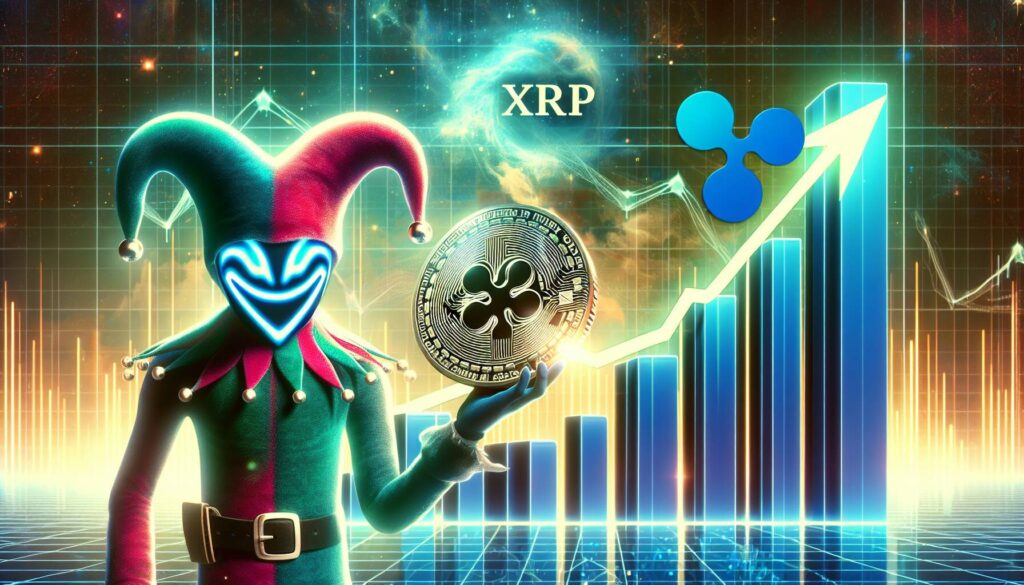The cryptocurrency landscape continues to evolve, and Ripple is making headlines with its innovative approach to payments and wealth storage. According to Luke Hoersten, CEO of Bitnomial, Ripple’s unified system may position XRP favorably as institutions seek solutions that transcend mere speculation. This development highlights a growing trend in the market where real-world utility is becoming increasingly important to financial organizations.
“Ripple’s comprehensive infrastructure could be key for institutions looking to integrate digital assets into their operations effectively,” Hoersten noted.
The emphasis on practical applications of cryptocurrencies is gaining traction, with Ripple aiming to bridge the gap between traditional finance and digital innovations. As institutions keep a keen eye on the potential of cryptocurrencies, the focus is shifting from hypothetical gains to tangible benefits, making XRP’s role in this dialogue more significant than ever.
With its cutting-edge technology, Ripple is not just riding the wave of speculation but is actively shaping the future of finance. This strategic approach could ultimately provide a competitive edge in a market that is increasingly prioritizing functionality and stability over volatility.

Ripple’s Unified System and XRP’s Institutional Advantage
The following key points highlight the potential impact of Ripple’s unified system for payments and wealth storage on XRP and its appeal to institutions:
- Real-World Utility: Ripple’s focus on practical applications for XRP may attract institutional investors looking for stable, functional assets.
- Unified Payment System: The integration of payment and wealth storage systems could streamline transactions, reducing costs and increasing efficiency.
- Institutional Interest: Increased institutional backing could bolster XRP’s credibility and stability in the market.
- Long-Term Growth Potential: As institutions adopt XRP for real-world use, its value may offer growth beyond speculative trading, benefiting early adopters.
- Competitive Edge: A unified system may position Ripple and XRP as leaders in the evolving digital asset space, attracting more financial players.
Ripple’s strategy to enhance real-world usability may reshape the perception of cryptocurrency in financial markets.
Ripple’s Unified Payments and Wealth Storage System: A Game Changer for XRP?
Ripple’s innovative approach to integrating payments and wealth storage through its XRP token may distinguish it from competitors in the cryptocurrency market. With institutions increasingly focused on the utility of digital assets rather than mere speculation, this unified system provides a compelling alternative for traditional financial entities seeking to adapt to the digital economy.
Competitive Advantages: One of the most significant advantages of Ripple’s offering is its potential to streamline transaction processes for institutions. By facilitating both payments and the storage of wealth, Ripple could attract a broader range of financial players interested in operational efficiency and reduced costs. Furthermore, the emphasis on real-world utility makes XRP a strong candidate for institutional adoption, providing a solid bridge between fiat and digital currencies.
Disadvantages: However, Ripple faces challenges, particularly from established competitors like Stellar and newer entrants like CBDCs (Central Bank Digital Currencies). These alternatives may already have established partnerships and trust among large financial institutions. Additionally, regulatory scrutiny remains a looming threat that could impact Ripple’s operations and adoption rates among institutions wary of compliance issues.
This news is particularly beneficial for institutional investors and banks looking to harness the power of fintech to improve their service offerings. On the flip side, it could pose challenges for those entrenched in traditional banking processes who might be reluctant to adapt to this rapid evolution in the financial landscape.

















